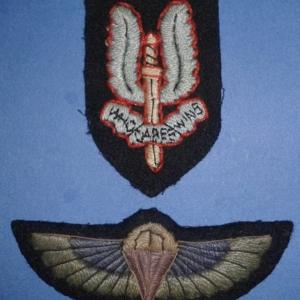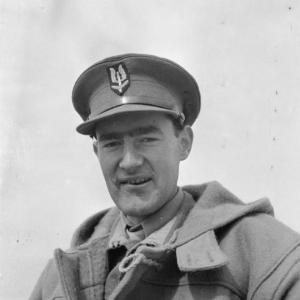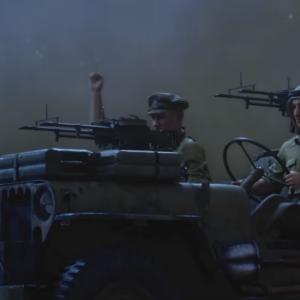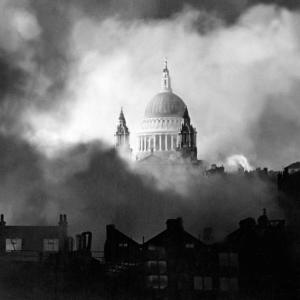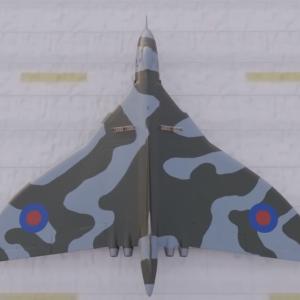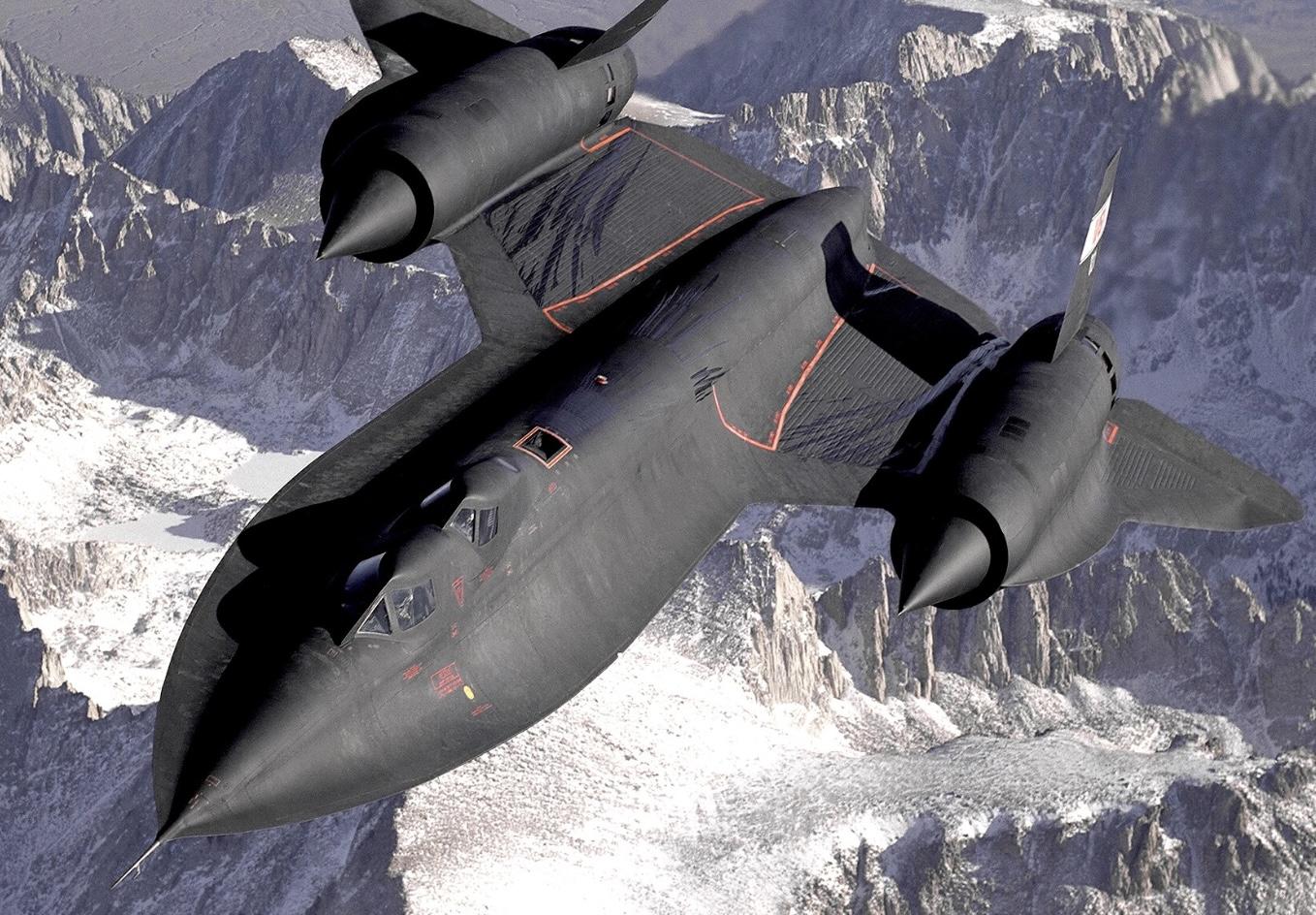
SR-71 Blackbird
The SR-71 Blackbird remains one of the most iconic and technologically advanced aircraft ever built. Conceived during the height of the Cold War, this high-speed, high-altitude reconnaissance plane was designed to penetrate enemy airspace without being intercepted, delivering critical intelligence with unprecedented speed and accuracy. It was a response to the growing need for a surveillance aircraft that could operate in hostile environments and evade surface-to-air missiles and interceptors with ease.
The roots of the SR-71 can be traced back to its predecessor, the A-12, which was part of a secret CIA project called Oxcart. The A-12 was itself developed to replace the U-2 spy plane after it became vulnerable to Soviet air defenses. As tensions escalated between the United States and the Soviet Union, the demand for an aircraft with higher speed, greater altitude capabilities, and reduced radar cross-section became more urgent. From this need, the SR-71 was born.
Lockheed’s Skunk Works division, under the leadership of the legendary aerospace engineer Clarence “Kelly” Johnson, was responsible for the SR-71’s design and development. Kelly Johnson had already made a name for himself through his work on the P-38 Lightning, U-2 spy plane, and F-104 Starfighter. He was known for pushing the boundaries of aviation technology and for fostering a culture of secrecy and innovation within Skunk Works. The SR-71 was a testament to this philosophy, embodying advanced materials, unconventional design, and cutting-edge performance.
The design of the SR-71 was highly unconventional for its time. It featured a sleek, dart-like fuselage with chines running along the edges to improve aerodynamics and increase lift at high speeds. The aircraft’s long, pointed nose housed an array of sophisticated sensors and cameras used for reconnaissance missions. The twin-engine nacelles housed two powerful Pratt & Whitney J58 turbojet engines, which were capable of operating continuously in afterburner mode and partially functioned as ramjets at cruising speeds. The engines were fitted with adjustable inlets that helped manage airflow and prevent compressor stalls, especially during supersonic flight.
Constructed primarily of titanium and composite materials, the SR-71 was engineered to withstand the extreme heat generated during high-speed flight. At speeds exceeding Mach 3, the aircraft’s skin would heat up to over 600 degrees Fahrenheit, causing it to expand several inches in length. To accommodate this thermal expansion, the Blackbird’s components were designed with loose tolerances while on the ground, resulting in noticeable fuel leaks when the aircraft was not yet airborne. Once in flight and heated, the airframe would seal tightly, minimizing fuel loss.
Performance-wise, the SR-71 set the standard for reconnaissance aircraft. It could fly at speeds over Mach 3.2, making it one of the fastest air-breathing manned aircraft ever built. Its cruising altitude was around 85,000 feet, which placed it well above most anti-aircraft missile systems and interceptors of the time. The combination of speed and altitude gave the Blackbird its unmatched survivability. During its operational lifetime, not a single SR-71 was lost to enemy fire despite numerous attempts to shoot it down. Whenever an enemy radar locked onto the aircraft, the standard protocol was to simply accelerate and climb, outrunning the threat with sheer speed.
The Blackbird’s ability to operate in hostile airspace made it invaluable to U.S. intelligence-gathering operations. It conducted reconnaissance missions over North Vietnam, the Middle East, and along the borders of the Soviet Union and China. Equipped with advanced optical and radar sensors, the SR-71 could survey thousands of square miles in a single mission, capturing high-resolution images and electronic signals vital for national security. Its missions were typically planned with precise timing and navigation, requiring coordination with aerial refueling tankers and ground-based intelligence teams.
Pilots and reconnaissance systems officers selected for SR-71 missions underwent rigorous training. Due to the extreme environment at high altitude and the aircraft’s unique characteristics, crews wore pressure suits similar to those used by astronauts. The cockpit was pressurized and climate-controlled, but the flight conditions were still physically demanding. Missions could last several hours, during which the crew would experience sustained G-forces and operate at the edge of technological possibility.
The SR-71 entered service with the United States Air Force in 1966 and continued operational flights until its official retirement in 1998. Over the course of its service, the Blackbird set multiple world records for speed and altitude, many of which still stand today. It also contributed significantly to the development of future aerospace technologies. Lessons learned from its materials, propulsion, and aerodynamic designs informed later projects such as the B-2 Spirit stealth bomber and the development of hypersonic aircraft concepts.
Despite its capabilities, the SR-71 faced several challenges throughout its operational life. One major issue was the cost of maintaining and operating the aircraft. The J58 engines and titanium airframe required specialized maintenance, and each mission involved significant logistical support. Additionally, the advent of real-time satellite reconnaissance and advancements in unmanned aerial vehicles gradually reduced the need for manned overflight missions. As technology evolved, political and budgetary pressures led to the program’s eventual decommissioning.
Several SR-71 aircraft are now preserved in museums across the United States, where they serve as a testament to Cold War-era ingenuity and engineering. The Smithsonian’s National Air and Space Museum, the Museum of Flight in Seattle, and the Blackbird Airpark in California all feature SR-71s on display. These aircraft continue to captivate the imagination of aviation enthusiasts and historians alike, symbolizing a time when the limits of speed, altitude, and innovation were being relentlessly tested and expanded.

